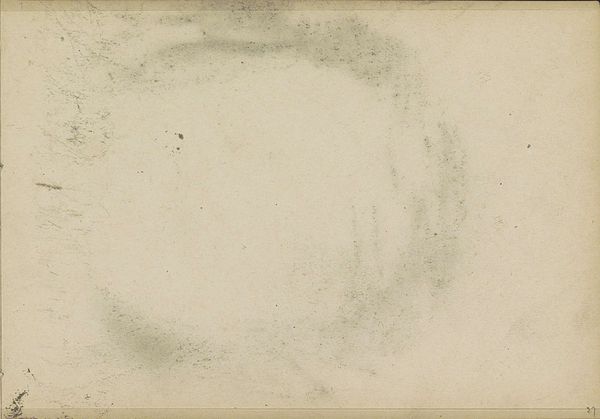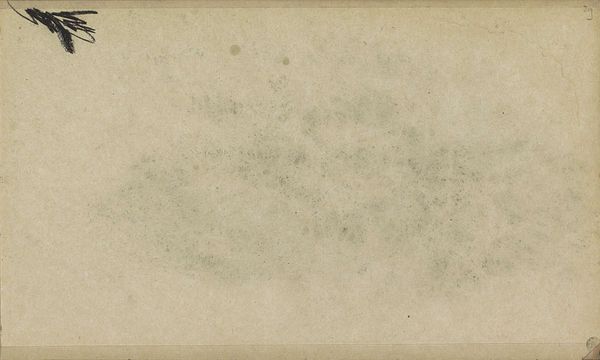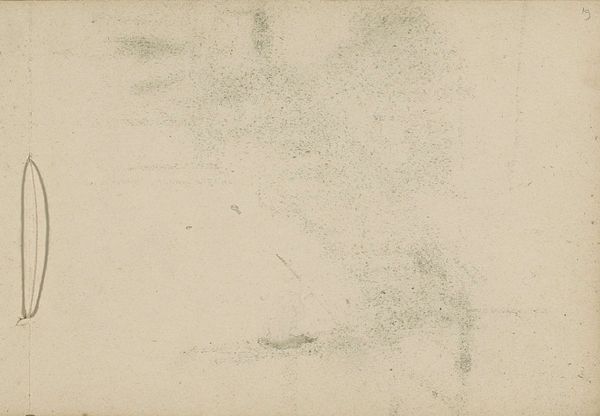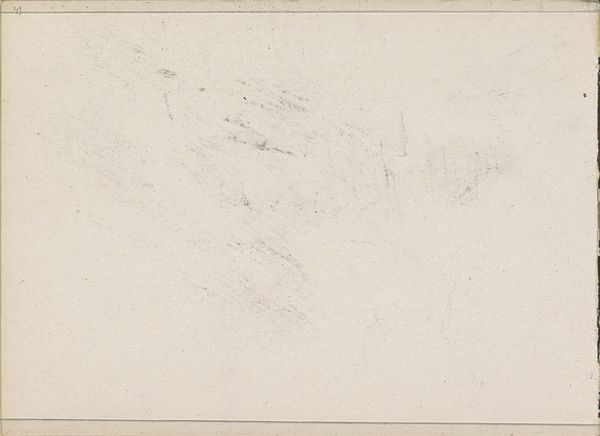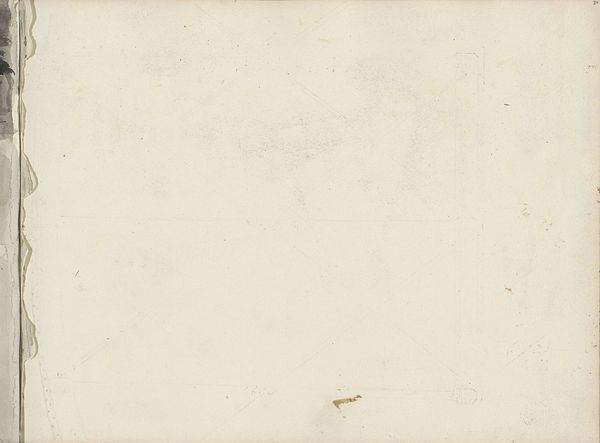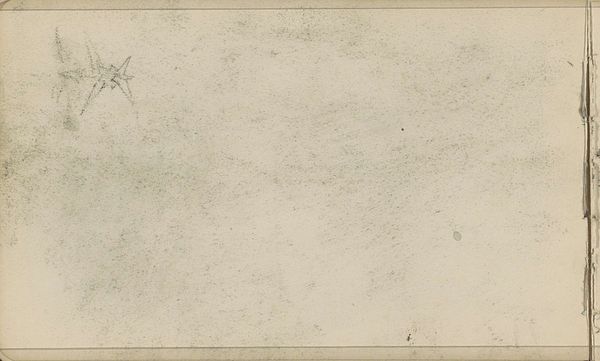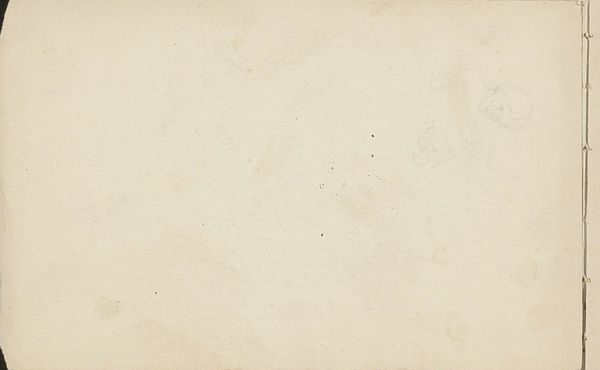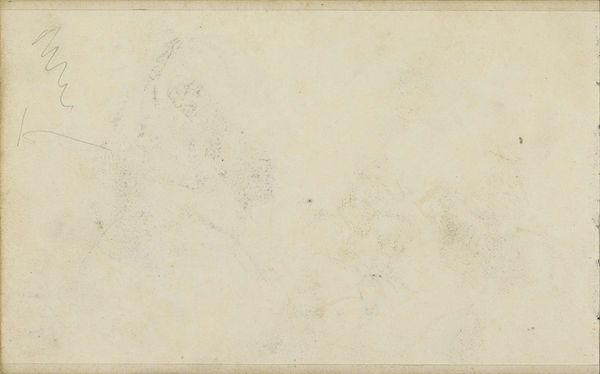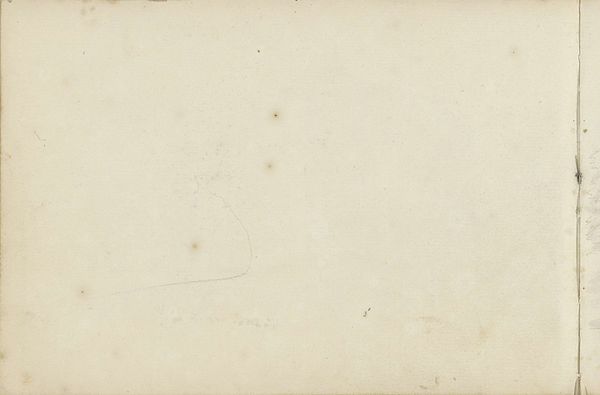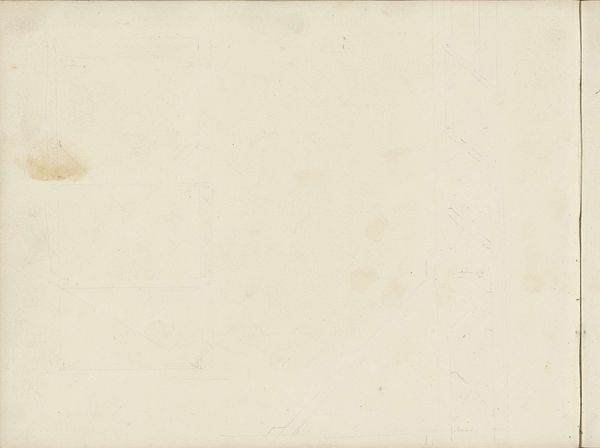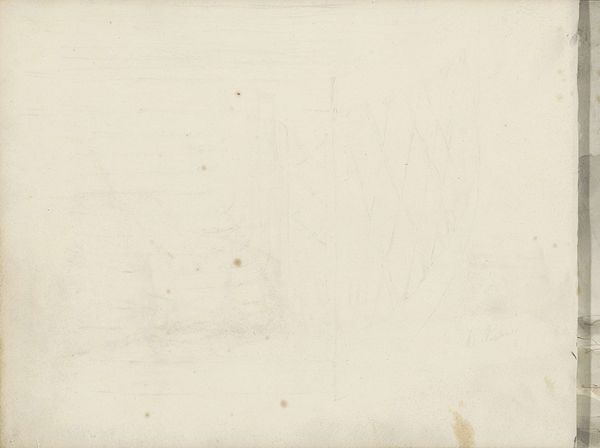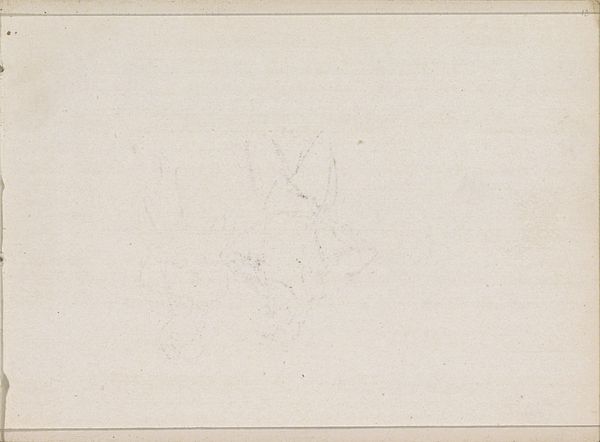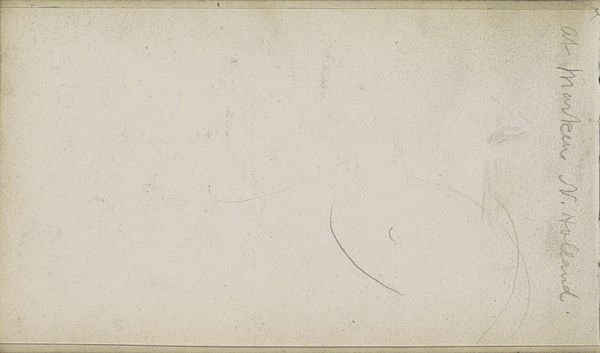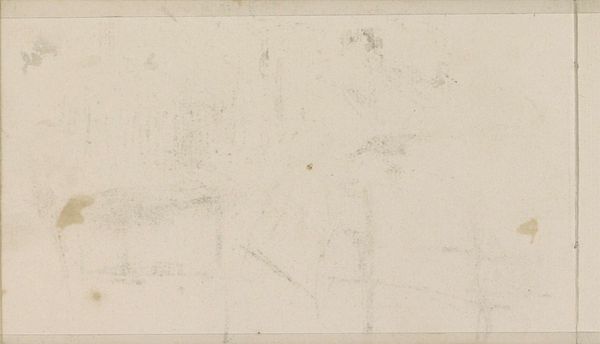
drawing, paper, pencil
#
portrait
#
drawing
#
paper
#
pencil
#
modernism
Copyright: Rijks Museum: Open Domain
Curator: Standing before us is "Studie," a drawing by Isaac Israels, dating back to approximately 1919. The work is rendered in pencil on paper and currently resides here at the Rijksmuseum. Editor: It has the quiet air of something almost forgotten, doesn't it? The muted palette and spare use of line give it an intimate, unfinished quality. I'm curious, what paper was selected, and what was the rationale? Curator: The choice of paper is intrinsic to its visual language. The slight tooth of the paper grabs the pencil, creating a textured surface. Consider also that pencil, even seemingly simple sketches such as these, carries a weight as a modernist medium, emphasizing the artistic process. It rejects the pretense of highly-rendered oil paintings in favor of a more raw depiction. Editor: It is compelling how this ‘raw depiction’ emphasizes a fleeting nature—almost a quick record more than a posed portrayal. It seems to highlight artistic process: material encountering surface. I want to ask more, for example, where was the graphite sourced? Its variance from soft, fading lines to distinct ones speaks to its construction. Curator: Note the economy of line; he captured the suggestion of a form without insisting on completeness. A few strategic curves outline a facial feature and that is where a narrative springs forth. Editor: True, the portrait appears only fleetingly. Pencil also implies this disposability—the idea it could be easily erased, modified. Israels almost challenges the monumentality normally accorded portraiture through the intentionality of making choices—using slight implements to realize his creation. Curator: By stripping away excess, we can see the underlying geometry that informs his thinking. Notice how implied angles define the space, it directs the viewer's eye where to see a focal point, adding emphasis and enhancing visual appeal. Editor: Considering its time—just after the first World War—such understated approach appears an intentional deflection from grandeur in favor of something more subtle and personal, almost handmade and immediate given his decision to use just pencil and paper. Curator: "Studie" offers not just a portrait but insight into the very mechanics of seeing and representing, doesn’t it? Editor: I’ll carry with me the consideration that sometimes, it's through restraint that art reveals the most powerful expressions. The social milieu may very well contribute meaning to such an understanding.
Comments
No comments
Be the first to comment and join the conversation on the ultimate creative platform.
